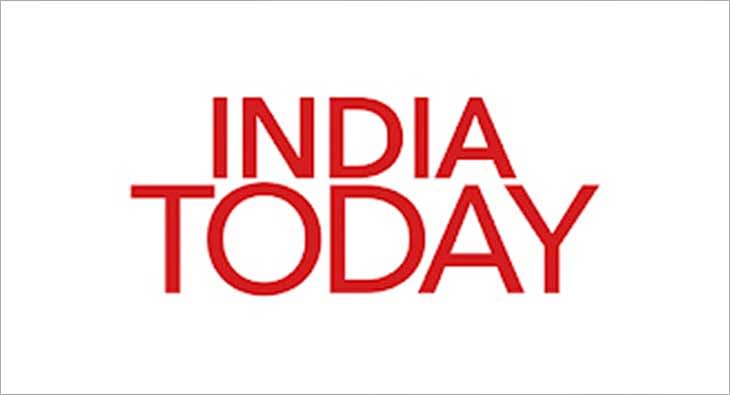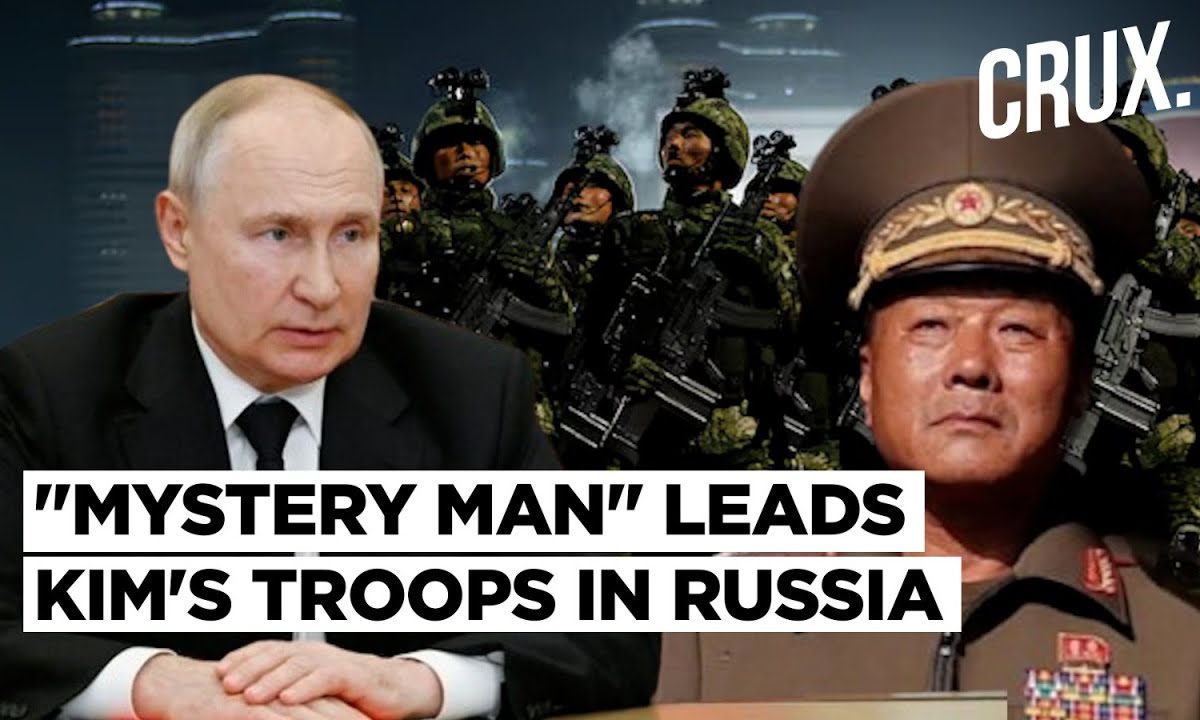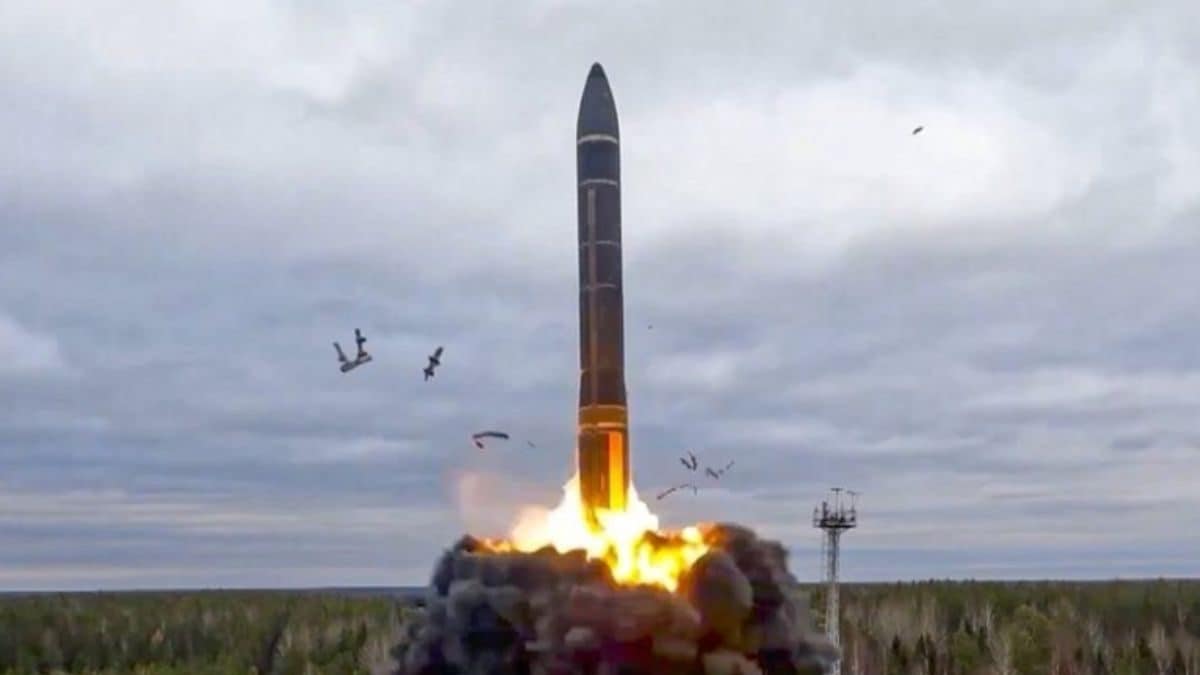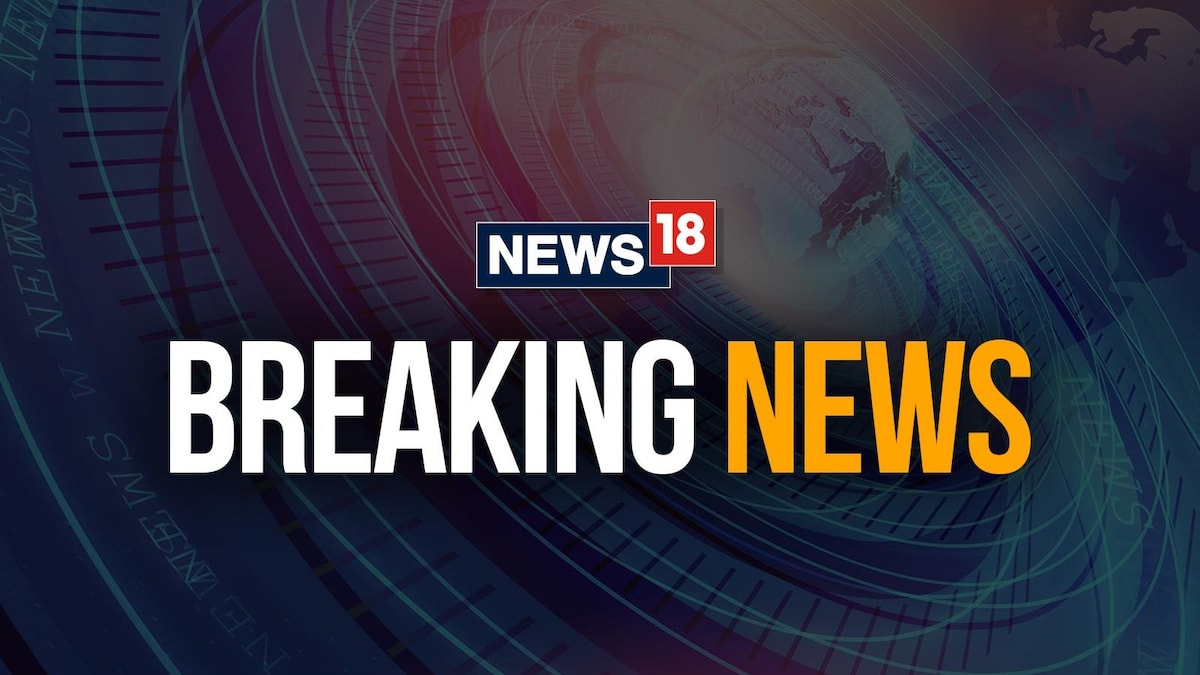Israel has asked people to evacuate areas where Hezbollah operates in Lebanon. These are the five factors that make the Sia terrorist organisation a resilient outfit that Israel won't be able to wipe out despite all the intel and firepower.

An Israeli police officer examines the site hit by a rocket fired by from Lebanon, in Kiryat Bialik, northern Israel, on September 22. Hezbollah has fired around 8,000 rockets into Israel in the last 11 months, killing dozens of Israelis. (Image: AP)
"Hezbollah=Lebanon," said Israeli Prime Minister Naftali Bennett as Israel continued pounding Lebanon. On Monday, the Israeli Defence Force asked people to immediately leave areas where Hezbollah operates. The offensive in Lebanon started with the detonation of thousands of pagers and radio devices being used by members of Hezbollah. The pounding and blasts have made some question if the Iran-backed terrorist organisation Hezbollah will survive this Israeli onslaught. Hezbollah is resilient, like a virus, which has evolved in such a way that it is difficult to kill it.
From surviving the killing of its chief, to capturing power in Lebanon, to creating a military-militia, Hezbollah is a shape-shifting force that owes its resilience to several factors.
This deep crisis is a threat to Hezbollah. But it might be far from crumbling, as its history of resilience would tell us. It has always survived. It became a part of the government when it needed legitimacy, it survived the death of its top leaders. It has always survived as it depends on a deeper organisational structure than just on its top leaders. This has made it survive despite all odds.
But these pager attacks are being considered the biggest security breach Hezbollah has ever experienced.
As for the official authorities in Lebanon, the Information Minister, Ziad Makary, called it "Israeli aggression". While Hezbollah has said a "fair punishment" would be meted out in time.
Hezbollah has been a constant problem for Israel in its north. In the past 11 months, it shot over 8,000 rockets into Israel, killing dozens of Israelis, including 12 children on a soccer field, said PM Bennett.
Both Israel and Hezbollah face significant dilemmas moving forward. For Israel, the prospect of a ground operation to push Hezbollah further from the border raises concerns about resource depletion and public support after a challenging year after the October 7 war with terror group Hamas, according to The Spectator.
Hezbollah, on the other hand, must navigate the challenge of responding to its humiliation without escalating into full-scale war, as it balances the expectations of its supporters and the strategic interests of its Iranian backers.
Hezbollah is a Shia terror group that was formed in 1982 in response to the Israeli invasion of Lebanon. Hezbollah means 'Party of God'. Since 1992, it has been led by its secretary general, Hassan Nasrallah.
But with time, Hezbollah has survived. A look into its history would tell us exactly that.
1. ELASTICITY HELPS HEZBOLLAH SURVIVE LOSS OF LEADERS
Within a decade of its formation, Hezbollah was dealt a massive blow.
Its chief, Abbas al-Musawi, was assassinated in 1992. This was a serious jolt to Hezbollah and many had predicted that it would crumble as it had become a ship without a captain.
At this time, many other Hezbollah leaders had been killed too. But Hezbollah survived nevertheless, because it relies on the resilience of the organisational structure, reports The Al Majalla, a Saudi-owned, London-based political news journal.
It was after the assassination of al-Musawi that Nasrallah took over as the head of Hezbollah. Not just in 1992, several times in its history, Hezbollah has overcome the loss of crucial leaders.
The outfit changes its structure and adapts to new circumstances as and when needed.
Hezbollah's adaptability helps it manage the loss of high-ranking commanders. Following the assassination of its top leaders, including Fuad Shukr in August 2024, the group has shown elasticity and adaptability.
2. HEZBOLLAH PART OF LEBANON GOVERNMENT
In one of its most telling tales of elasticity, we see how Hezbollah considered the Lebanese state as illegitimate till the 1980s. Now, it has MPs in the parliament and even ministers in the Lebanese cabinet.
How difficult it is to separate Hezbollah from the Lebanese government was revealed by Israeli PM Naftali Bennett.
"Hezbollah=Lebanon. Hezbollah controls the Lebanese government, and cannot survive without popular support. Hezbollah is not a rogue organisation isolated from Lebanon, just as, say, the Nazis were not divorced from Germany in WW2. Nazis were Germany, and Hezbollah is Lebanon," Bennett said.
Hezbollah didn't just grab power. In an attempt to assert its influence, Hezbollah also intimidated its political rivals. After the conclusion of Emile Lahoud’s presidency in 2007, it obstructed the election of a successor until a crucial ministerial statement recognising Hezbollah's legitimacy was issued in 2008.
When the statement came, it acknowledged Hezbollah as a part of Lebanon's defence framework. Here, the 2008 Doha Agreement came into play. It defined Lebanon's defence framework as a collaborative effort involving, "the army, the resistance (Hezbollah) and the populace."
This assertion of influence was a strategic move by Hezbollah as it was able to build its military arsenal, train its fighters and carry its own battles hereafter, reports The Al Majalla. This did not just extend its sphere of influence but also led to a recovery from the financial losses it had suffered in the 2006 war with Israel, making it one of the most equipped militias.
3. ORGANISATIONAL STRUCTURE GIVES HEZBOLLAH EDGE
Right at the top of Hezbollah is the secretary-general, a post currently being helmed by Hassan Nasrallah. But the organisation carries out its activities even when there is no one at the top. It stops for no one.
This is not to say that Nasrallah does not have an influence on the organisation. His charismatic appeal and his speeches do make him the face of Hezbollah. But his popularity dipped after Hezbollah's involvement in Syria. It took a further dive when Nasrallah and Hezbollah, which sends MPs to Parliament, were blamed for the economic crisis in the country, reports The Al Majalla.
Next was the Beirut Port explosion in 2020, wherein the people of Lebanon blamed Hezbollah for the ammonium nitrate explosion. Hezbollah was accused of storing it without caution.
But there is more to the group.
Hezbollah's decision-making is coordinated closely with Iran through its Shura Council, which oversees the group's political, military, economic, judicial, and social affairs. The Jihadi Council reports to the Shura Council and manages both military and security operations, with members including the Iranian Revolutionary Guard Corps (IRGC).
The Shia terrorist group is one of Shia Iran's
4. HEZBOLLAH'S MILITARY CAN TRANSFORM INTO A MILITIA
While Hezbollah maintains a degree of military autonomy in its battlefield activities, major decisions, such as engaging in full-scale war or negotiating peace, involve Iranian coordination.
Additionally, some operations are managed by Unit 910, which handles overseas missions, cyber activities, and external communications, as well as operations in Syria and beyond, reports The Al Majalla.
This unit works closely with the special operations force, known as the Hajj Radwan Force since 2008, which was pivotal during Hezbollah’s 2006 conflict with Israel.
It has both military and militia units, with overlapping high-level commanders. The Hajj Radwan Force works with the military unit as a militia.
Deployed in foreign territories, its military acts as a militia. The capability of its military to transform itself easily, gives Hezbollah a strategic advantage.
But Hezbollah is more close-knit than it might appear. Operational functions within the group are not just directed by the unit leaders but also by the secretary-general.
5. HEZBOLLAH CAN CHANGE STRUCTURE SWIFTLY
Hezbollah can change its structure and chain of command as and when needed.
Hezbollah's adaptability helps it manage the loss of high-ranking commanders, like it was seen in August after the assassination of Fuad Shukr.
The US government website calls him "a close associate of now-deceased Hezbollah commander Imad Mughniyeh".
Shukr, alias Hajj Mohsen, has been on the US terror list since 2015 with a reward of $5 million. Shukr was Hezbollah's top military commander.
The missile unit that Shukr led was under the direction of Mughniyeh (also known as Hajj Radwan) until his killing in Damascus in 2008 due to Mughniyeh's vital role as sole military advisor to Nasrallah.
But it was not Mughniyeh's only designation. He was also commanding Unit 910 and Rapid Intervention Force before he was killed. Then, this role was passed on to Mustafa Badreddine.
However, even Badreddine was killed in 2016. He was not replaced. The role of the adviser was given to Hezbollah's Jihadi Council, which comprises several crucial figures. Shukr was one of them.
As for the command of Unit 910, it was given to Talal Hamiya, a Jihadi Council member who also leads the Hezbollah's security apparatus. Hamiyah's top position in Hezbollah's military and security operations makes him the highest-authority military commander within the group.
Despite attacks from all sides, Hezbollah has made sure that it survives. It still has a vast military arsenal and its organisational structure allows it to absorb the losses of individual commanders. Though its communication system and some of its fighters are down, the Hezbollah will be difficult for Israel to eliminate.
Published By:
Priyanjali Narayan
Published On:
Sep 23, 2024
Tune In

 1 month ago
1 month ago
















